“Just a Cowboy”
Guest author and rancher James A. Stuart shares his appreciation of how those who work cattle are an important influence on the well-being of livestock, land and livelihood.
Over the past 20-plus years, my family and I have been fortunate to work on ranches from Nevada to Florida and from Montana to Mexico. I have gained an appreciation for good stockmen in all parts of the country and have learned much from the way they care for their livestock and the range.
In many discussions with these men and women, I have heard a common, self-effacing phrase. “I’m just a cowboy,” they say, in a manner that sells themselves short of their true role and abilities. My purpose in writing this article is to help all of us who care for livestock on the ranch or farm reflect on the value of our daily duties and expound on the great good that our complex efforts produce.
There are three aspects of sustainability that must be considered to assure the future of a livestock operation: namely ecological, financial and social. The ability to find balance between and progression within each of these three aspects determines in large part the viability and long-term success of any agriculture and livestock production.
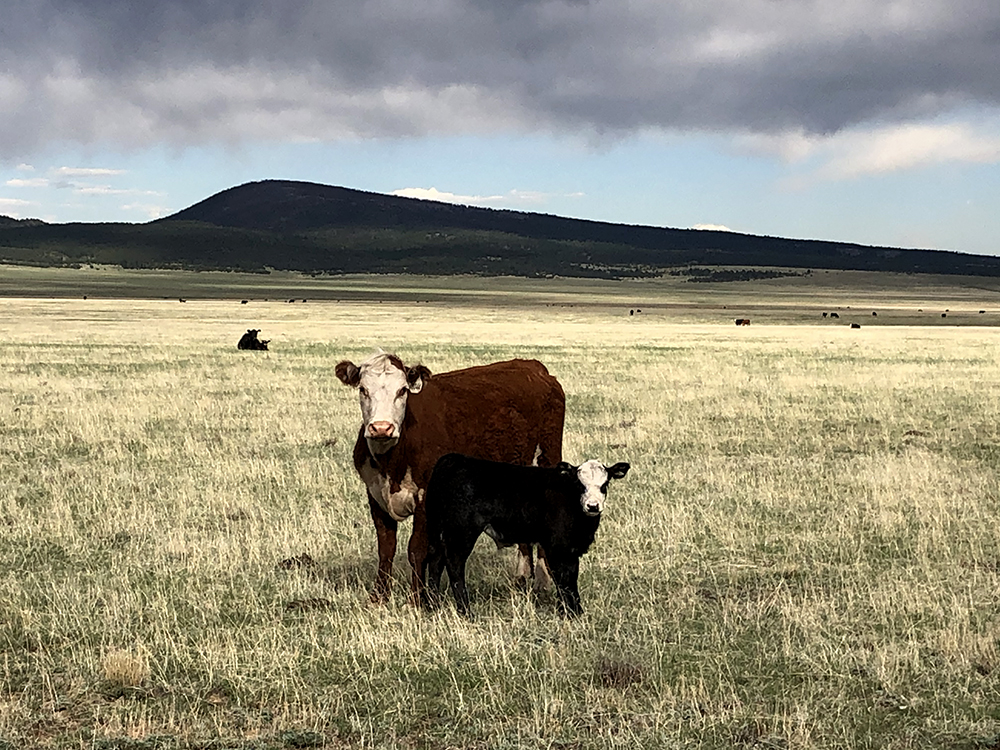
Caring for livestock and the land
Much of the modern-day research and discussion is focused on the many aspects of keeping livestock alive, healthy, growing and reproducing. It is true that without an efficient production operation, it is nearly impossible to be financially profitable. However, the status of land health also determines the financial well-being and longevity of a ranch. Livestock play an important role as our partners in the state of land health and, in turn, provide financial revenues. Cowboys in their daily efforts and responsibilities have a heavy influence on their livestock’s health, growth and impact on the land.
Managed properly, livestock are efficient tools to improve water and nutrient cycles, flow of energy and biodiversity, which all work together to improve soil composition and function. Healthy soil serves as the lifeblood of regenerative agriculture and life. Healthy ecosystems provide for the animals on the land, and the animals provide us with food and fiber while also framing a foundation of our lifestyle, culture and quality of life.
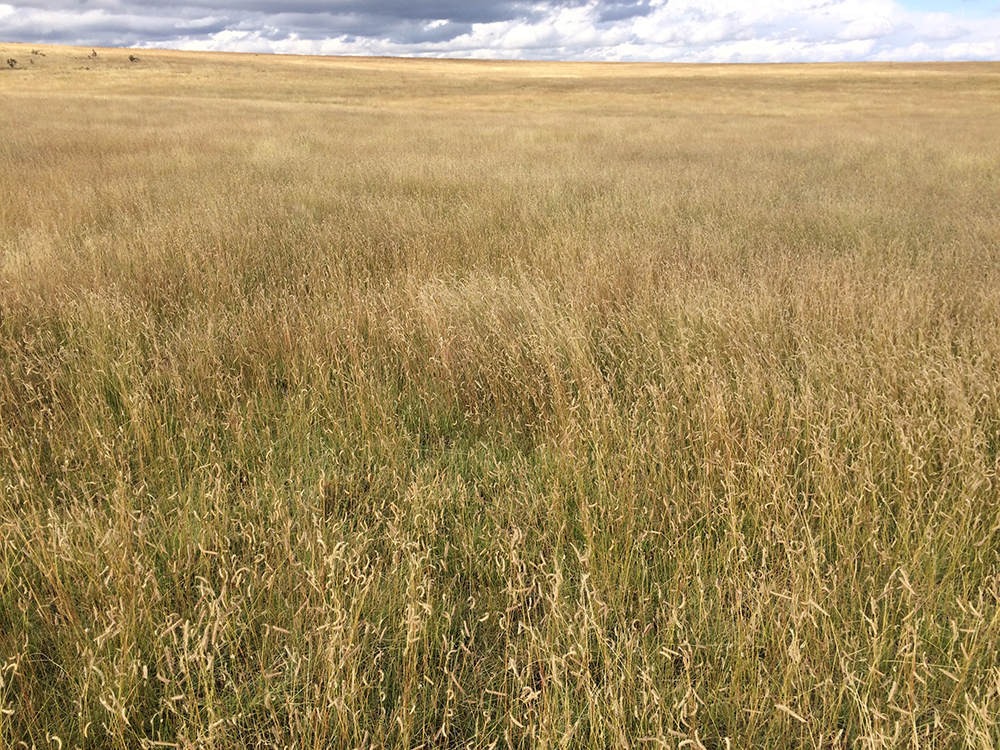
Balancing grazing and plant recovery
The principle of using livestock as partners to manage the land requires a balance between disturbance and recovery. Grazing is our most common form of disturbance and is necessary for our rangelands to be more resilient and vigorous. A crucial requirement for disturbance to be beneficial is ensuring appropriate recovery periods. Plant recovery is required to rebuild sugar (energy) supplies which feed the plant. From our early elementary days, we all learned about photosynthesis or a plant’s ability to make sugars from sunlight, water, and carbon dioxide. These sugars are stored in the roots of every plant.
Managing when and how often plants are “bitten” has a huge impact on whether the plants will respond positively or negatively to the disturbance. After a disturbance during the growing season, sugars are transferred up from the roots, and new plant growth begins. This regrowth is tender, full of nutrients and very palatable, making the plants extra vulnerable to overgrazing.
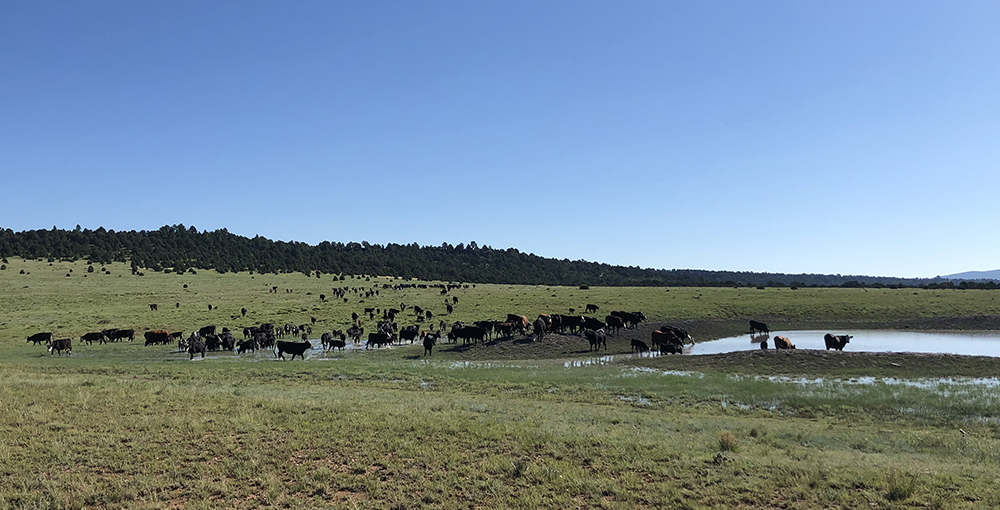
Avoiding both overgrazing and undergrazing
Overgrazing occurs when the new growth is grazed again prior to the plant being fully recovered from the previous bite. If livestock distribution is not managed appropriately, animals may overgraze a plant multiple times in a single season. These stressed plants have reduced root growth and production, creating a bankrupt sugar storage. This negatively affects the plant’s resiliency, vigor and ability to regrow and support the photosynthetic process. As the number of palatable plants decline due to overgrazing on the landscape, the abundance of less palatable plants often increase, resulting in a decrease in grazing value.
The opposite of overgrazing is underutilization, when plants have no disturbance over long periods of time, leaving decadent forage with decreased palatability and nutrition for livestock and wildlife. This underutilization causes the plant’s photosynthesis and sugar-transferring processes to become less active or even idle. In this situation, plant vigor and health also decline.
Both overgrazed and undergrazed plants with diminished root systems provide less function, contribution and protection to the surrounding ecological system. A plant that has an active photosynthesis process and well-developed root system full of sugars is vigorous and capable of feeding living organisms above and below the soil surface. Active populations of macroorganisms and microorganisms in the soil break down organic matter and create nutrient-rich soils capable of storing carbon, oxygen and water. As soil and plant health increase, the amount of forage available to grazing animals also increases. Hence, healthy rangelands are more productive and can generate increased revenues.

Putting cowboy know-how to work in grazing management
The art of knowing the appropriate time, timing and intensity of grazing, and the ability to quietly move and settle livestock to strategic locations is within our influence. Cowboys who know the animals and are aware of these plant cycles need to be involved in the planning process where they can share their observations and experienced-earned input.
I have seen the positive impacts of proper livestock distribution over the range. I have observed forage production that increased six times over when it was managed for appropriate disturbance (grazing) and recovery. I believe that improving the health of the land and providing quality meat and fiber to the nation is a noble and valuable task to dedicate our lives to.
A cowboy’s role is crucial to the balance and sustainability of an operation. This focus on the whole picture does not take away from those things that we love about cowboying. Keep improving that horse. Keep mastering the art of cattle flow and movement. Keep letting that encouraging holler out when your buddy sneaks that loop on a calf with a fancy shot; and while you’re out there, observe what the grass and soil need, then respond with talent and confidence.
Our goal should be to increase our ability to read the land and the livestock each day. This is the art that completes the management on the range, where art and science must coexist for success.
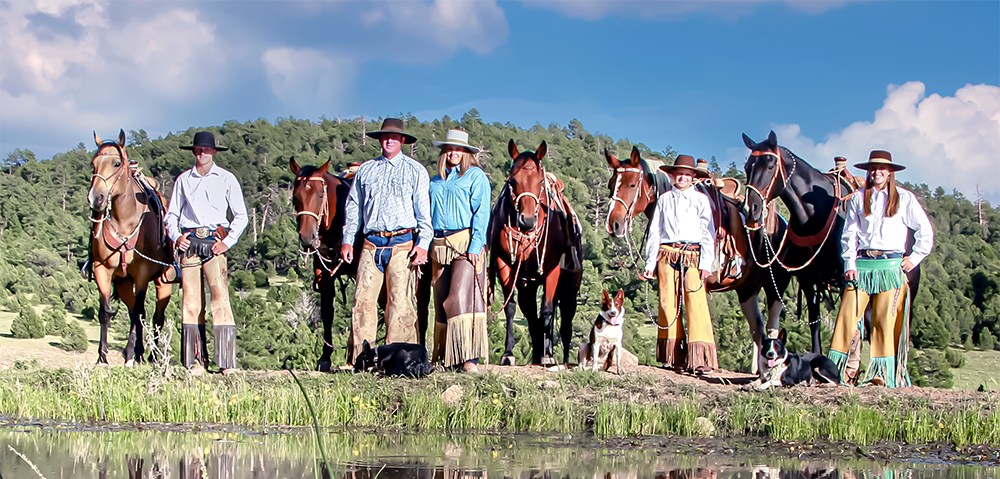
The well-being of ranching and food production is in the hands of good cowboys, cowhands, cattlewomen – whatever we call ourselves. I hope to be dropped off in a circle near you in the future. Let’s saddle up and improve our skills of managing the whole interconnected system; and when we are asked what we do for a living, we can hold our head high and say, “I am a cowboy!”
Image at top of page: Christian Stuart on the range in New Mexico. Photo credit: James Stuart.
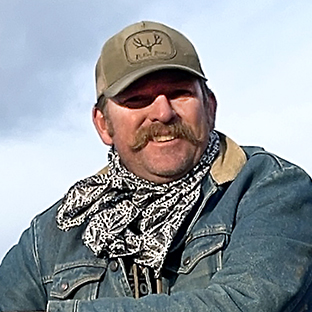

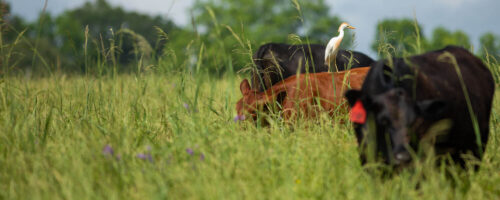
Comment